Bears don’t just lumber—they dominate.
These aren’t your cuddly cartoon types or shy forest wanderers. We’re talking about raw power wrapped in fur, with jaws strong enough to crush bone and tempers that turn savage in seconds.
From mountain giants that roam the Rockies to deep-forest ghosts in Asia, these beasts rule their territory like kings—and they don’t appreciate uninvited guests.
Think you’re safe on that scenic hike? Think again. Some of these bears are closer than you’d like, and one wrong move could land you in a real-life survival story. Let’s meet the ten fiercest bears alive today—and the places they might just decide to meet you.
Polar Bear

With a regal stance, the polar bear dominates the icy landscapes of the Arctic. Its thick white fur blends seamlessly with the snow, offering it a perfect camouflage. Despite their cuddly appearance, polar bears are fierce predators, primarily hunting seals to sustain their massive size.
Did you know? An adult male can weigh up to 1,500 pounds, making them one of the largest bear species. To catch a glimpse of this majestic creature, head to the remote regions of Canada, Norway, or Greenland, where guided tours offer safe viewing experiences.
Grizzly Bear
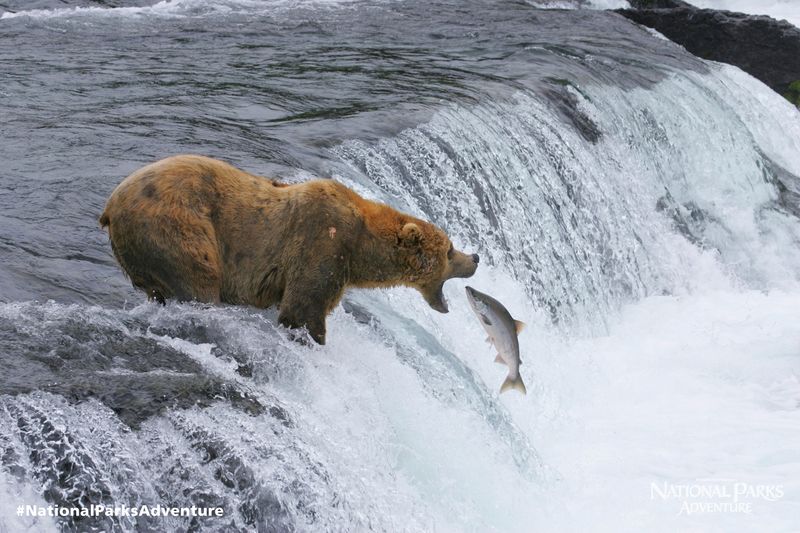
The grizzly bear, with its powerful build and distinctive hump, is a symbol of wilderness. Renowned for its strength, a grizzly can take down large prey or forage for berries and roots.
Its iconic image of fishing for salmon is best observed in the rivers of Alaska. Here, the bears demonstrate their agile fishing skills as they snatch salmon from the rushing waters. For enthusiasts, visiting Katmai National Park offers an unrivaled opportunity to watch these bears in action, living up to their fierce reputation.
Kodiak Bear
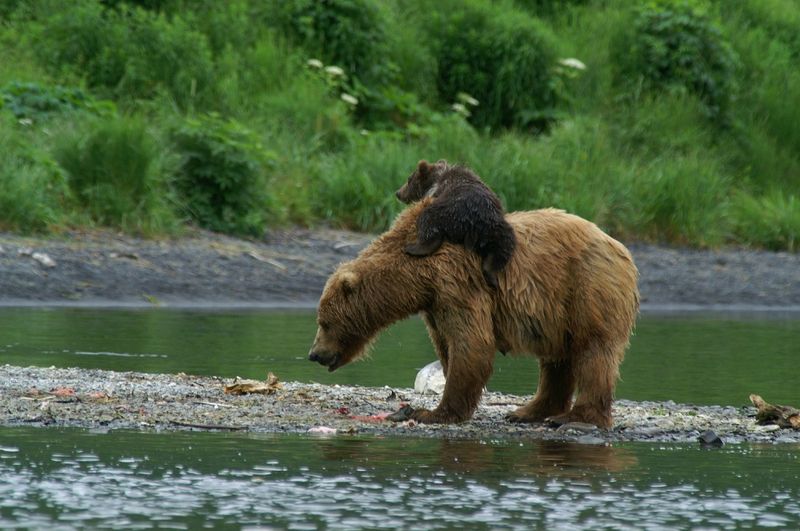
Towering over its cousins, the Kodiak bear is a subspecies of the brown bear and can reach impressive sizes. Their diet mainly consists of fish, berries, and vegetation, contributing to their massive build.
Kodiak Island in Alaska is the primary habitat for these giants. The island’s rich ecosystem provides everything they need to thrive. Visitors to Kodiak Island can join guided tours to safely observe these bears in their natural environment, making it a thrilling experience for wildlife enthusiasts.
Kamchatka Brown Bear
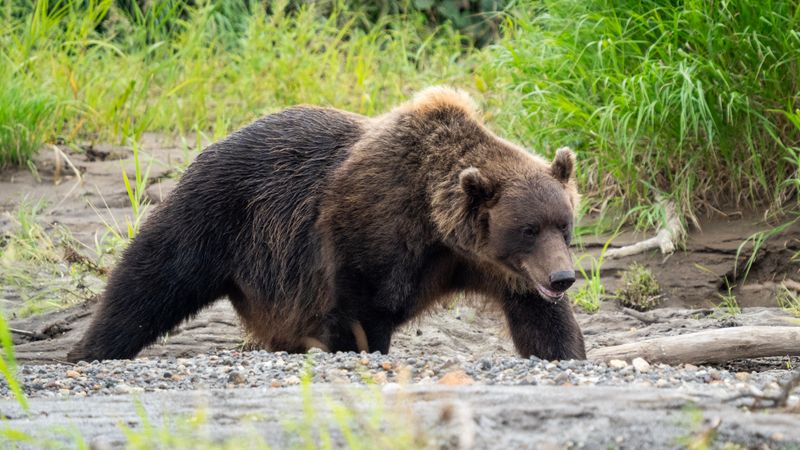
In the remote Kamchatka Peninsula of Russia, the brown bear reigns supreme. Known locally as the “masters of the taiga,” these bears exhibit incredible adaptability, roaming forests, mountains, and coasts.
Their diet includes salmon, berries, and small mammals, showcasing their omnivorous nature. For a chance to encounter these bears, travel to the Kamchatka Peninsula, where guided tours offer insights into their feeding habits and behavior, all set against the backdrop of stunning volcanic scenery.
American Black Bear
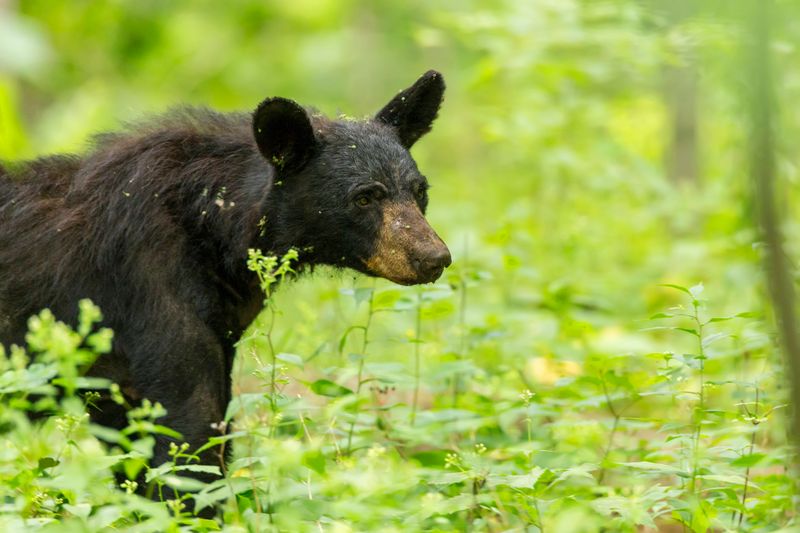
The American black bear, with its curious eyes and nimble movements, is a common sight in North America’s forests. An adept climber, it often scurries up trees to escape danger or find food.
Despite its name, this bear’s fur can range from black to brown or even white. For a close encounter, explore the Appalachian Mountains, where these bears roam freely. Guided hiking tours provide safe viewing opportunities, allowing you to appreciate their playful antics and adaptability.
Spectacled Bear
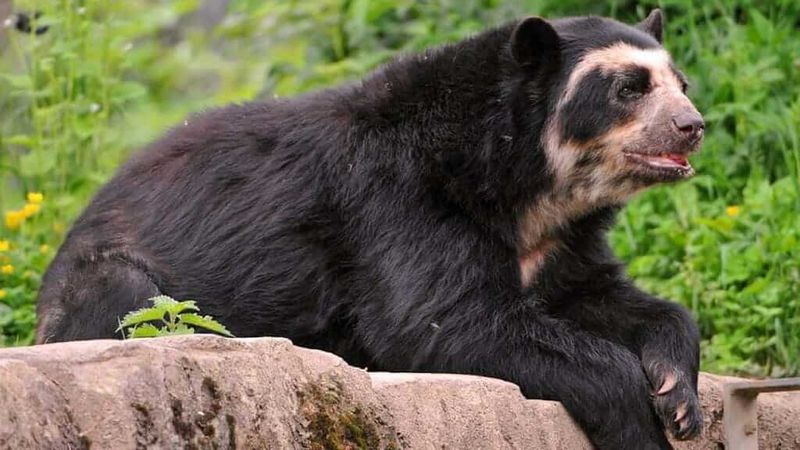
Endemic to the Andes, the spectacled bear is easily recognizable by the unique white markings around its eyes. These shy bears primarily feed on fruits, cacti, and small animals, showcasing their adaptability.
Their elusive nature makes sightings rare, but the cloud forests of Ecuador and Peru offer the best chance. Guided treks through these forests provide an opportunity to witness these bears in their natural habitat, surrounded by the stunning biodiversity of the Andean region.
Sloth Bear
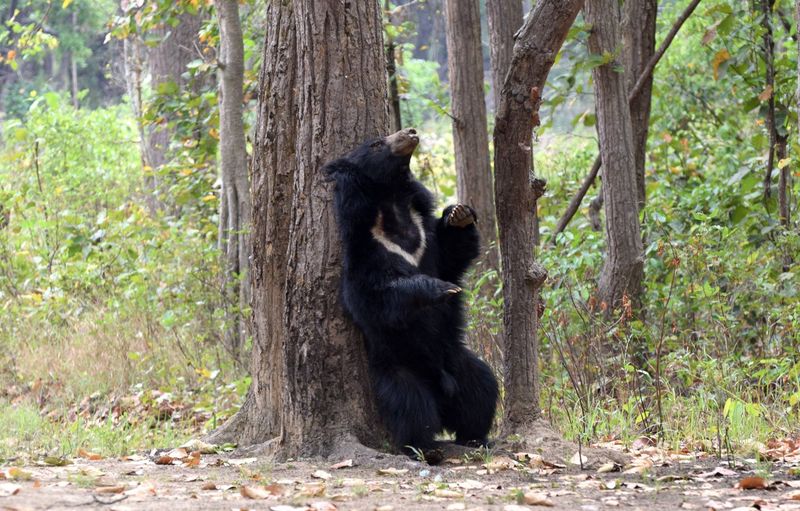
With its shaggy coat and long snout, the sloth bear is a unique inhabitant of India’s forests. Known for its love of termites, this bear uses its powerful claws to break into mounds, sucking up insects with ease.
Despite their slow appearance, sloth bears can be quite aggressive when threatened. The forests of central India, especially in national parks like Bandhavgarh and Kanha, offer the best viewing opportunities. Here, guided safaris provide a glimpse into the life of these intriguing creatures.
Asiatic Black Bear

Asiatic black bears, known for the white “moon” on their chest, inhabit the forests and mountains of Asia. Their diet varies from fruits to small mammals, illustrating their omnivorous nature.
The Himalayan region offers a chance to see these bears, with their habitat stretching from India to China. Trekking through the dense forests of these areas, visitors can experience the mystery and allure of the Asiatic black bear in its natural environment.
Sun Bear
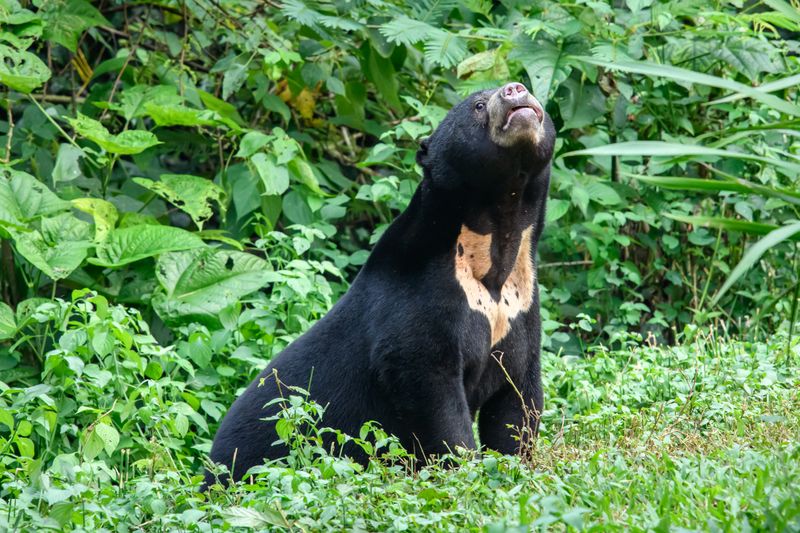
Small yet fierce, the sun bear roams the dense rainforests of Southeast Asia. Its short black fur and distinct orange chest patch make it easily identifiable. These bears are expert climbers, often seen high in the trees.
In Borneo, these agile creatures thrive amidst the lush foliage. For wildlife enthusiasts, Borneo offers a rare chance to observe sun bears in their natural habitat. Conservation centers also provide educational tours, focusing on preserving this unique species.
Giant Panda
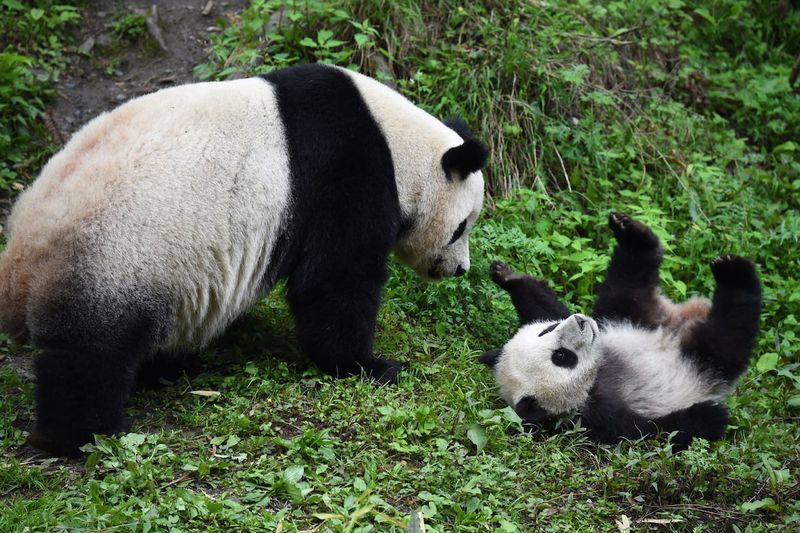
Famed for its striking black and white appearance, the giant panda is a symbol of conservation. These gentle giants spend most of their day eating bamboo, which constitutes the majority of their diet.
China’s Sichuan province is home to the panda, where conservation efforts have helped stabilize their population. Visitors can explore panda reserves and witness these beloved animals in serene, natural surroundings. The giant panda’s endearing nature continues to capture hearts around the world.

